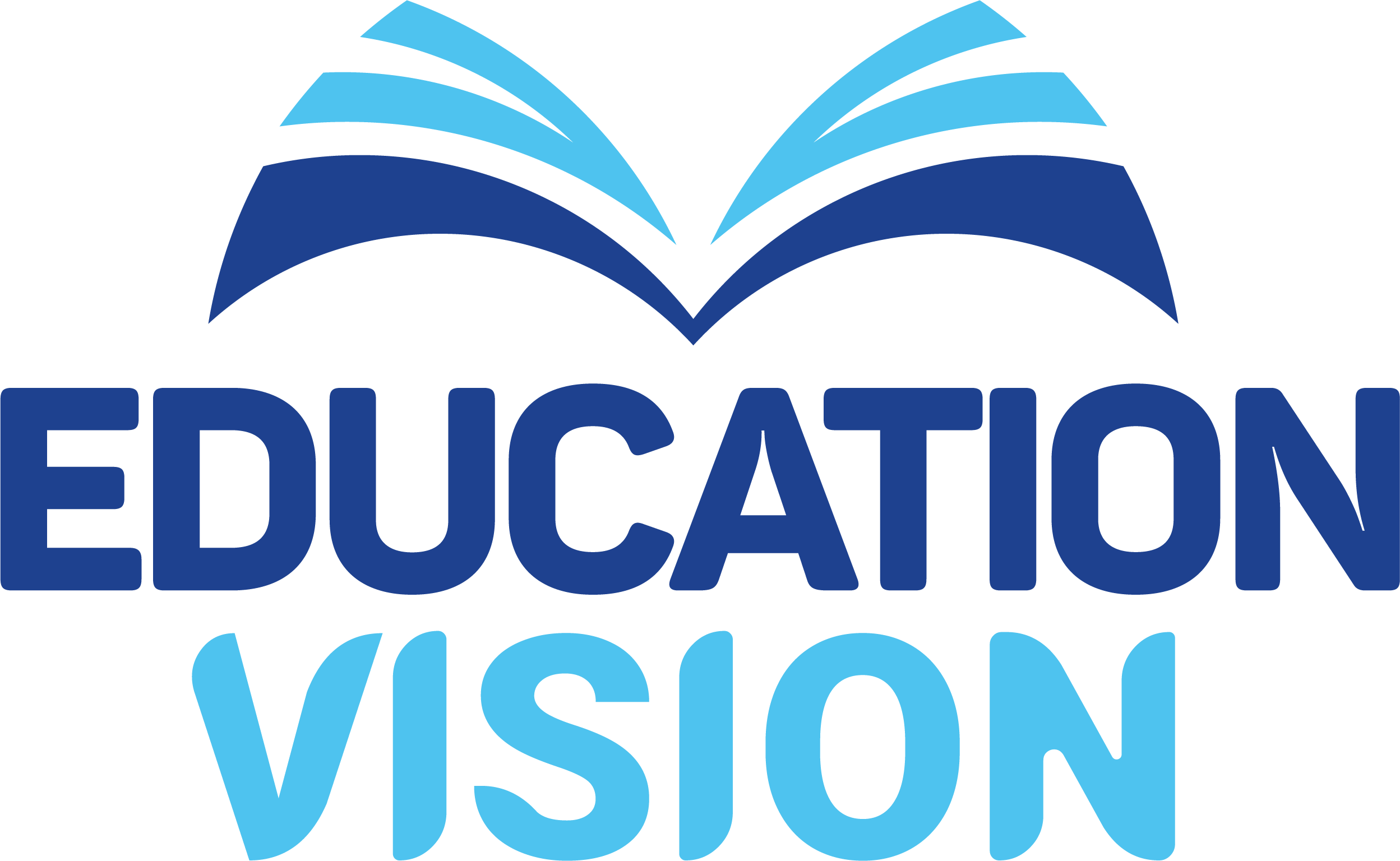This article was first published in New Vision on January 29, 2014
By Stephen Ssenkaaba
Nursery school used to be fun. Not anymore. Children have to be picked up from home at ‘ungodly’ hours, anywhere from 5:00 am to 6:00 am and ferried in vans to school.
The regulations are stringent. The little boys and girls have to carry bagfuls of grub and books. Nursery education is also a thriving business.
Some astute Ugandans have turned unsavoury buildings into schools. You will find many kindergartens located near bars, in the heart of busy trading centres and as if that were not bad enough, in deplorable structures.
Hoping to save money, the owners of some of these nursery schools employ cheap unqualified people to look after the young ones. Parents are busy and hardly ever check on the quality of the schools they take their children to. At times, they do not even know the required standards.
Studies Research carried out by the Uganda Child Rights NGO Network in 2007 titled; Hope Amidst Obstacles: The State of Nursery Education in Uganda; The Neglected Critical First Step in Broader Development revealed that early childhood learning and development is ranked low among the Government priorities.
It was established that the provision of nursery education services is a preserve of private entrepreneurs, communities and parents. Other studies have also corroborated that of the Uganda Child Rights NGO Network.
They show that nursery education is characterised by an acute lack of appropriate instruction materials suitable for early childhood learning.
One of the teachers interviewed by Uganda Child Rights NGO Network in Mukono summed up the situation: “Even if schools were willing to purchase these books, they are nowhere to be found.”
The scarcity of guide materials has compelled some teachers to adopt primary school textbooks for lessons. There is also an acute shortage of qualified teachers in most of the schools visited by Mwalimu.
The few available ones are too expensive to be hired by schools that are struggling economically. The Uganda Child Rights NGO Network notes that the manpower gap has been bridged by Primary Seven and Senior Four leavers.
Privately-owned institutions such as Young Men’s Christian Association and the Young Women’s Christian Association have contributed immensely towards the training of nursery teachers, but their efforts still need to be supplemented by the Government.
Government intervention, guidelines
There had been almost no regulation of nursery schools in Uganda until about three years ago when the Government came up with a set of guidelines.
The guidelines define nursery schools as “schools that provide early childhood development services for children between three and six years”.
They emphasise an all-around education that will enable children to develop physically, socially and morally, as well as stimulate their imagination and sense of independence.
Although the Government allows individuals, non-government organisations or even community-based organisations to start nursery schools, there are strict guidelines on where such schools should be located, that is, “within a safe and secure area”.
It is also a requirement that the school should have a land title or a tenancy agreement to ensure the stability of tenures.
The Government allows for a nursery school to provide either full-day or half-day services but stresses the need for these services to revolve around early learning and stimulation, particularly based on the earning framework for children aged three to six years.
This should include “integrated services such as health check-ups, immunisation, de-worming, growth monitoring and Vitamin A supplementation.”
These services should be provided in partnership with the health centres close to the school. Schools should also provide birth registration and parenting education to parents. Establishing a nursery school should be a concerted effort. The people intending.
to establish a school should meet, select the location and get clearance from the National Environment Management Authority.
Founders should have a constitution or Memorandum of Understanding and permission to start a school from the District Education offices through the local council leaders.
Thereafter, a school should be put up and constituted with a management committee, teachers and a licence; followed by registration after two years of operation.
Nursery school buildings should be in good condition, safe and well-ventilated, with access facilities for children with special needs. Windows should be at most two feet above the floor and allow enough light.
The walls of nursery schools ought to have pictures, charts and soft boards. Schools should have an office and an emergency room where sick children can be attended to. According to the guidelines, an ideal room size should be 8 by 6 meters to allow easy movement.
Fire extinguishers, ventilation and a kitchen are a must-have. Other must-haves are sanitation and hygiene facilities such as latrine stances with a ratio of 1:25 children.
The boys’ latrines should be clearly separated from the ones for girls. The schools should have handwashing and proper rubbish disposal facilities, as well as safe drinking water and latrines for teachers.
There should also be such facilities for special needs children. Furniture such as chalkboards, chairs of 25.4 to 35.5cm high and flat-topped tables and mats should be provided, as well as proper pigeon holes.
Feeding remains an important aspect, although it is neglected in several nursery schools in the country. The Government requires that schools provide hot nutritious meals for students and where this is not possible, parents should pack nutritious food for their children.
Proper nutrition and healthcare are critical to the growth and stimulation of the mental faculties of a child to improve learning and other abilities.
There ought to be open spaces with facilities such as swings, ropes and movable items for children to play. This space should not be less than 30 feet by 40 feet and schools should be fenced off.
Schools are also expected to have proper administration and management with a head teacher and an adult-child ratio not greater than 1:25 and no corporal punishment.
Management committees are a must-have and parents should be involved in school activities. Proper accounts and a bank account should be kept by the school.
Teachers should design appropriate activities as provided in the National Curriculum Development Centre learning framework for children three to six years while maintaining local languages as a medium of instruction.
Teachers are supposed to provide both basic care and teaching services to the children, from helping children understand concepts in the classroom to self-help skills. They are also supposed to help prepare children for primary education and keep in constant contact with parents.

